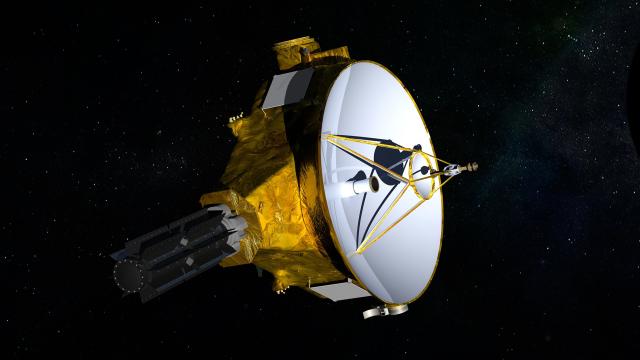NASA’s New Horizons spacecraft has seen amazing things since it launched over sixteen years ago. It has cruised by Jupiter, peeked at erupting volcanos on Io, and most famously, zipped past Pluto, becoming the first spacecraft to visit a dwarf planet.
The spacecraft is now about 4.3 billion miles (6.9 billion km) from Earth, where it is operating normally and venturing deep into the Kuiper belt at speeds reaching 53,108 km per hour (53,000 km/hr).
The Pluto flyby, which occurred on July 14, 2015, remains the probe’s crowning achievement. But scientists have taken full advantage of the NASA mission’s journey through the solar system to capture thousands of images of solar system objects. These are our favourites.
Jupiter and its volcanic moon
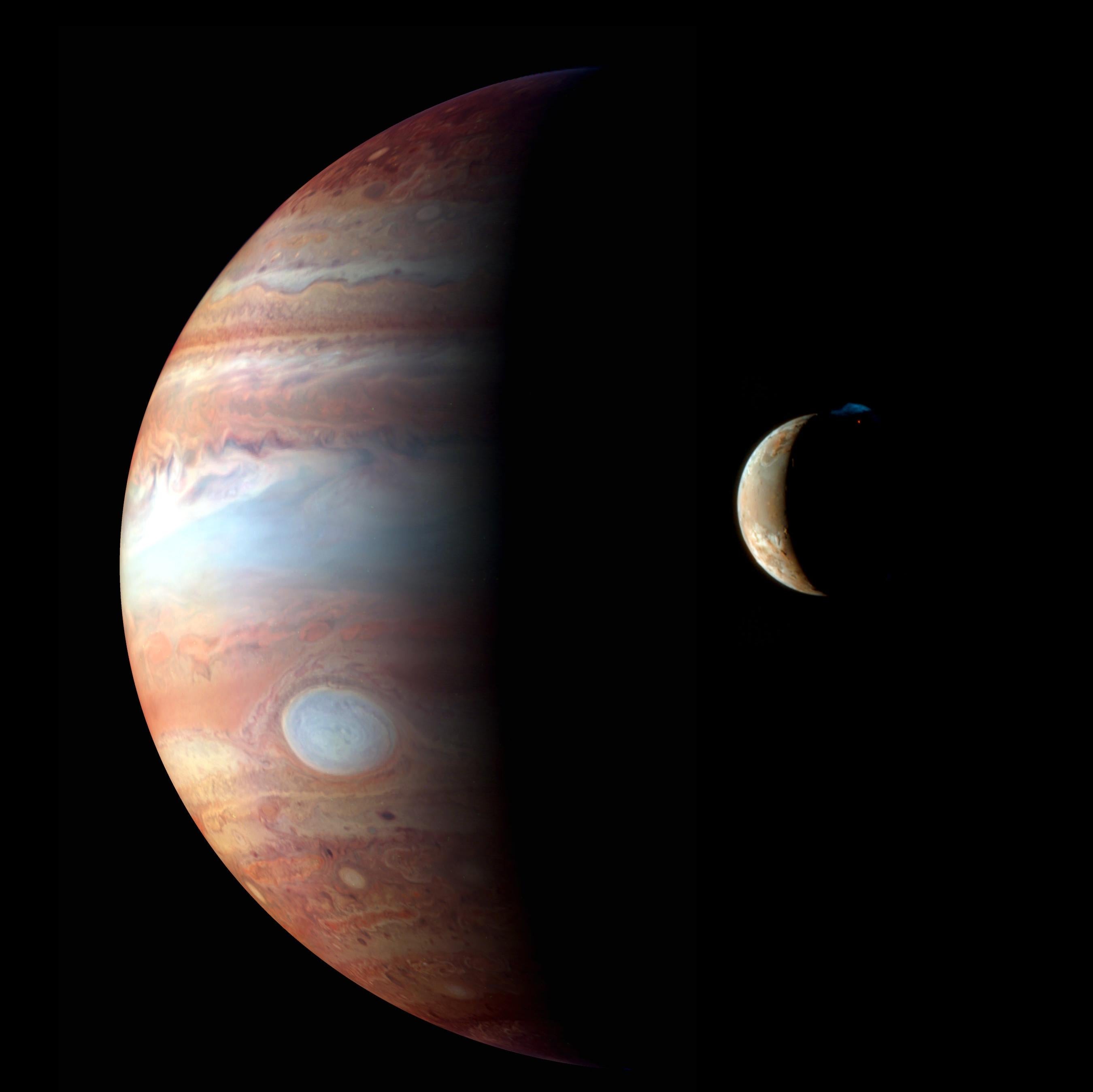
New Horizons performed a flyby of Jupiter as it made its way towards the outer solar system. The encounter provided a gravitational assist, but it also served as a kind of dress rehearsal for Pluto, and it resulted in more scientific data than scientists had anticipated. Among the many images the craft acquired was a stunning montage showing Jupiter and its volcanic moon Io. The shot of Jupiter, shown in an infrared colour composite, was taken on February 28, 2007, while the shot of Io, shown in true-colour, was taken on March 1, 2007.
A gas giant’s turbulent atmosphere
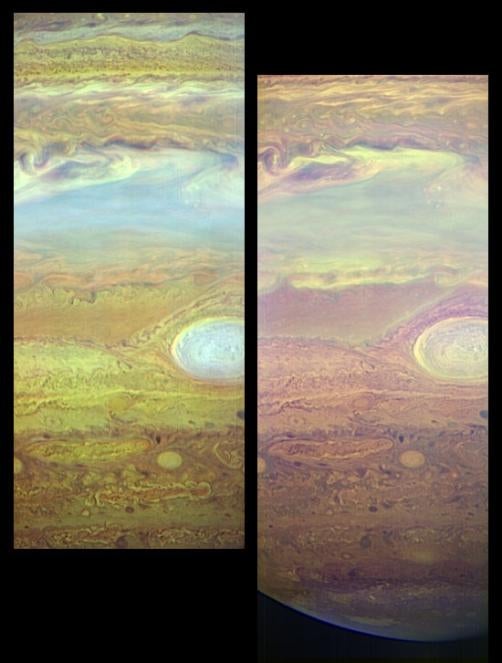
The spacecraft also used its LEISA infrared camera to capture views of Jupiter’s atmosphere. The images shown here were captured on February 27, 2007, when New Horizons was 1.6 million miles (2.57 million kilometers) from the giant planet, and they “illustrate only a small fraction of the information contained in a single LEISA scan, highlighting just one aspect of the power of infrared spectra for atmospheric studies,” according to NASA.
Eruption on Io
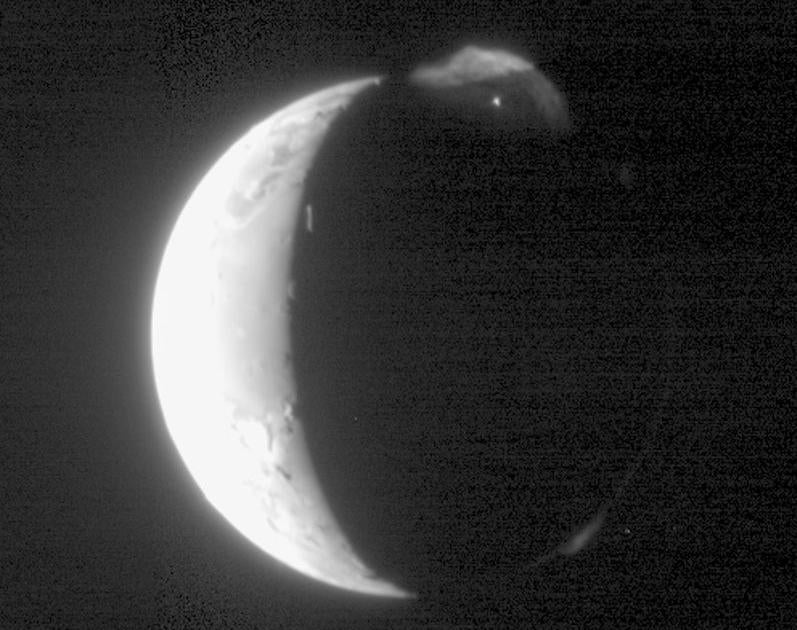
Incredibly, New Horizons managed to capture a volcanic plume emanating from Io on February 28, 2007. The eruption from the volcano Tvashtar (seen at the top) produced a plume 200 miles (330 kilometers) high.
The target appears
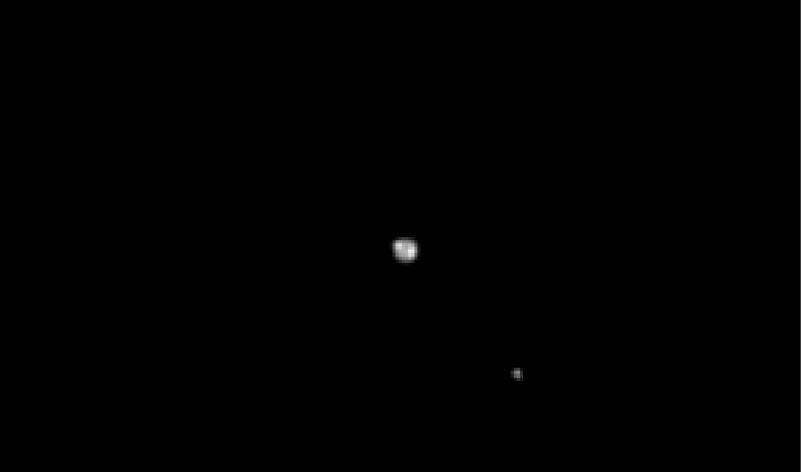
This image of Pluto and its moon Charon was taken on April 15, 2015 — just 90 days before New Horizons performed its flyby of the system. “As we approach the Pluto system we are starting to see intriguing features such as a bright region near Pluto’s visible pole, starting the great scientific adventure to understand this enigmatic celestial object,” John Grunsfeld, associate administrator for NASA’s Science Mission Directorate, said in a statement at the time. “As we get closer, the excitement is building in our quest to unravel the mysteries of Pluto using data from New Horizons.”
The money shot

This high-resolution enhanced colour view of Pluto, taken on July 14, 2015, is one of the greatest images ever captured by a spacecraft. “Pluto’s surface sports a remarkable range of subtle colours, enhanced in this view to a rainbow of pale blues, yellows, oranges, and deep reds,” NASA wrote, adding that the various “landforms have their own distinct colours, telling a complex geological and climatological story that scientists have only just begun to decode.” New Horizons came to within 7,800 miles (12,500 km) of Pluto during the painfully brief flyby.
Charon

New Horizons used its Multispectral Visible Imaging Camera (MVIC) to capture this stunning true-colour image of Charon, a Plutonian moon measuring just 753 miles (1,212 km) in diameter. The probe was 46,091 miles (74,176 kilometers) from Charon when this image was taken.
Pluto’s dark side
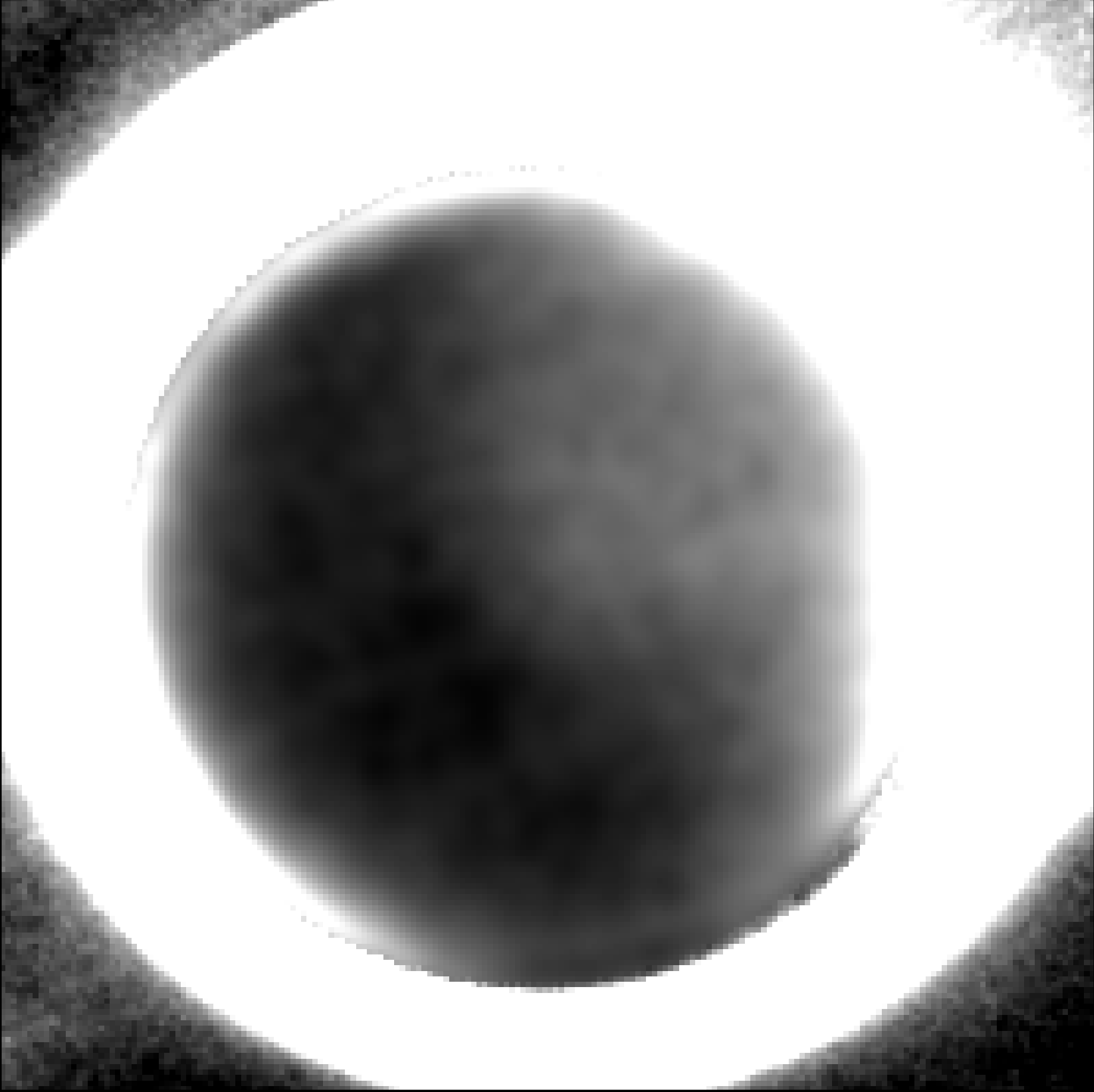
The encounter at Pluto lasted for only a few heartbeats as New Horizons zipped past the dwarf planet at speeds reaching 83,686 km per hour (84,000 km/hr). The probe was unable to capture clear images of Pluto’s dark side, but scientists did manage to generate a view using 360 images that New Horizons captured as it looked back.
A glimpse of Quaoar
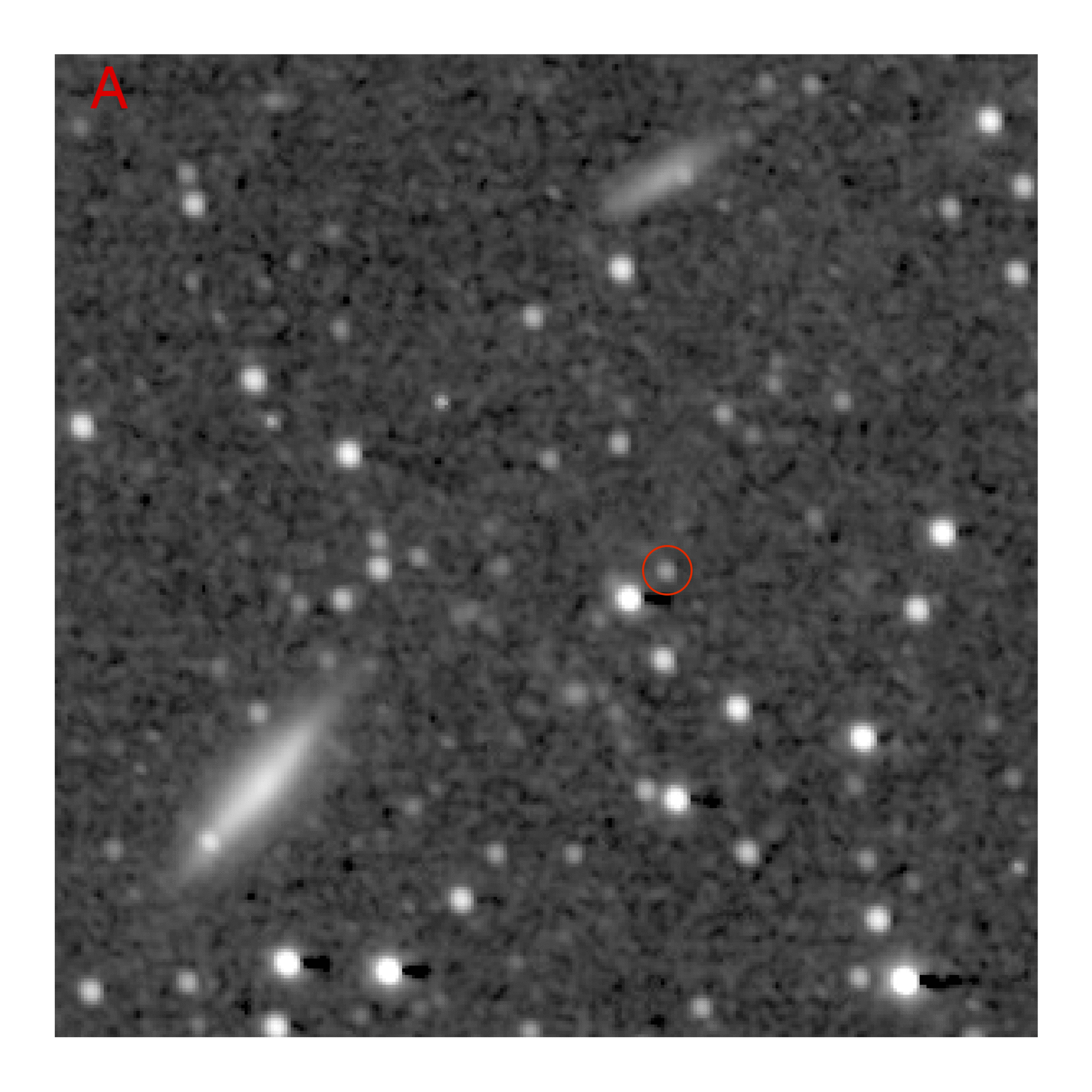
In July 2016, New Horizons spotted Quaoar, a distant Kuiper Belt object measuring 690 miles (1,110 km) across.
Behold, Arrokoth
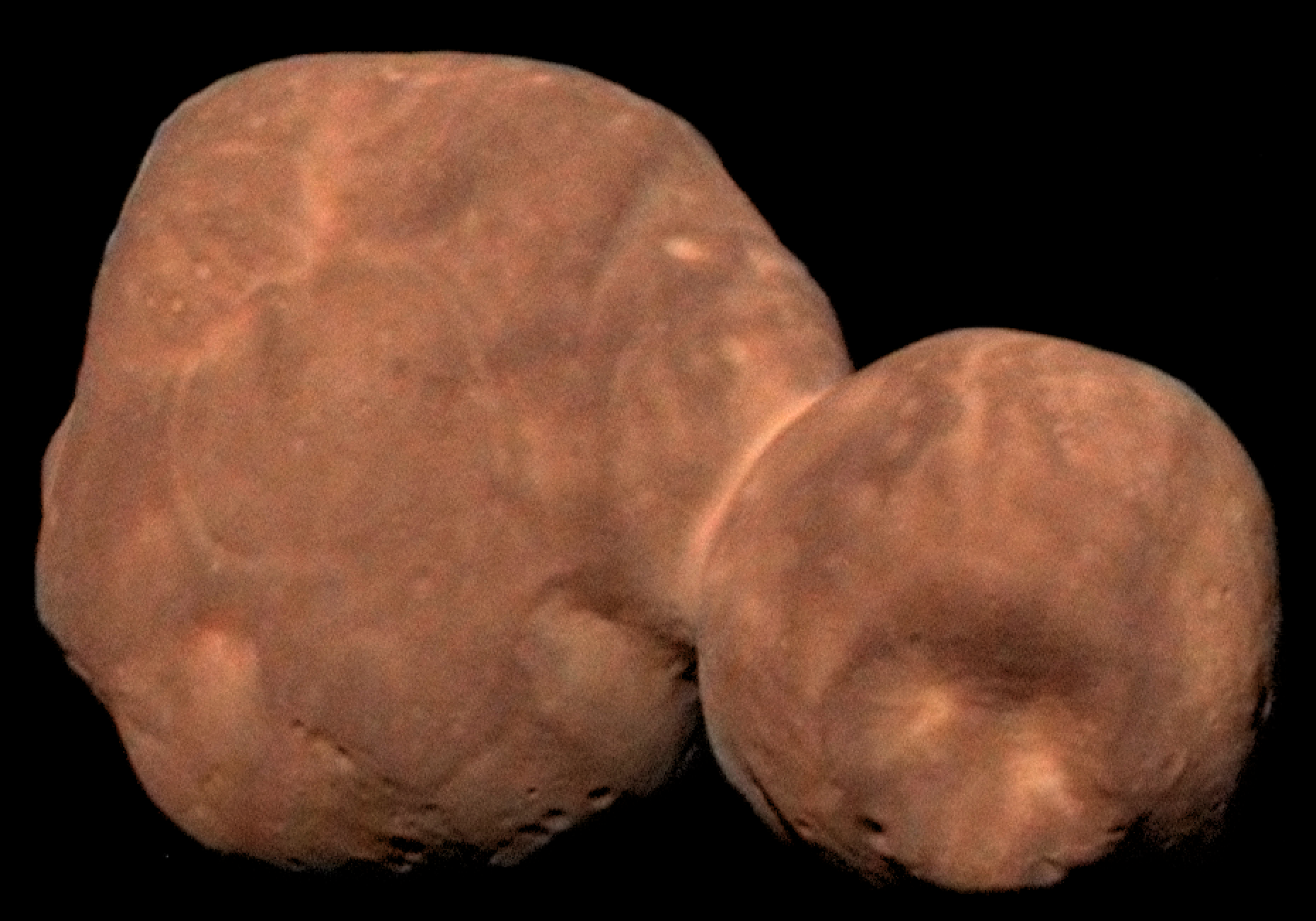
Following the Pluto flyby, mission scientists found another object for New Horizons to visit: Arrokoth. The trans-Neptunian Kuiper belt object turned out to be a pleasant surprise, since it turned out to have a unique snowman-like shape.
New Horizons visited Arrokoth on January 1, 2019, and it’s now the farthest object ever to be visited by a spacecraft. Data from Arrokoth “has given us clues about the formation of planets and our cosmic origins,” said Marc Buie, a researcher from the Southwest Research Institute, in a 2019 NASA statement. “We believe this ancient body, composed of two distinct lobes that merged into one entity, may harbour answers that contribute to our understanding of the origin of life on Earth.”
Hello, Voyager!
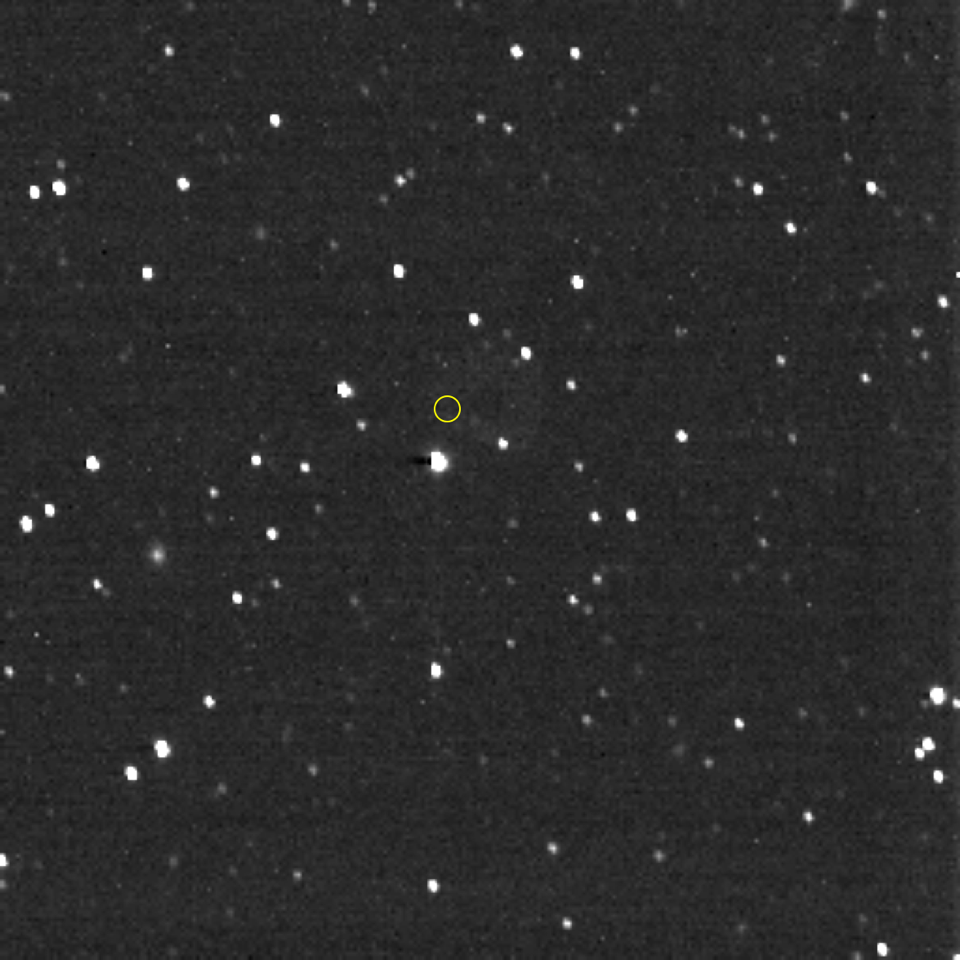
On December 25, 2020, New Horizons pointed its Long Range Reconnaissance Imager in the general direction of NASA’s Voyager 1 spacecraft (circled in yellow). Voyager 1 — the farthest human-built object and the first spacecraft to leave our solar system — cannot be seen in the photo, but it’s a cool image nonetheless. The two probes were roughly 11.2 billion miles (18 billion kilometers) apart when the image was taken, with Voyager 1 being around 14.1 billion miles (22.7 billion km) from the Sun. New Horizons is expected to leave our solar system in the 2040s.
A different view of stars
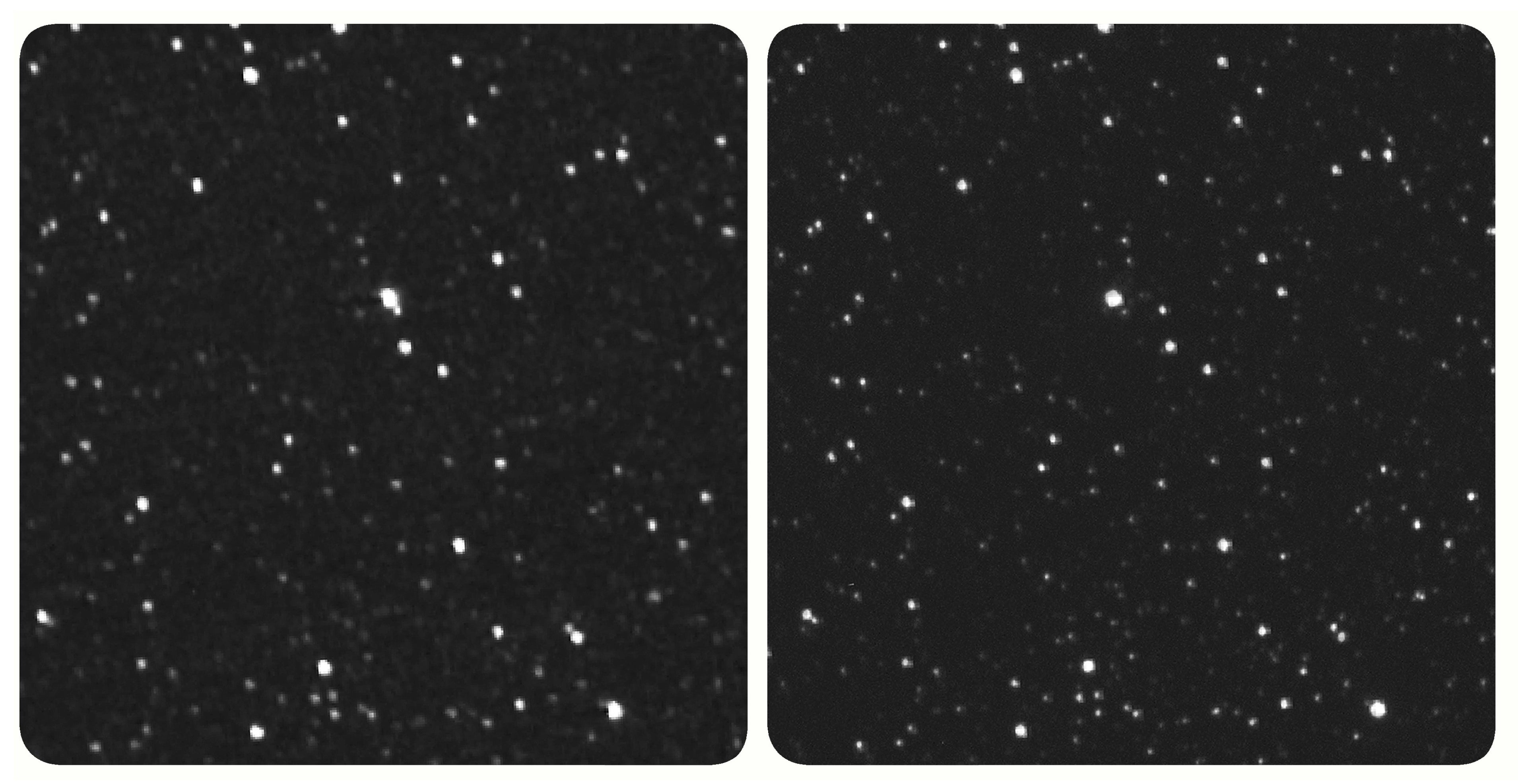
New Horizons is now so far away that its view of the stars is slightly different from our perspective on Earth. In 2020, side-by-side images revealed this in practice, showing Proxima Centauri and Wolf 359 from the spacecraft’s point of view and from ours. New Horizons was 4.3 billion miles (6.9 billion km) from Earth when NASA ran this interstellar parallax experiment.
